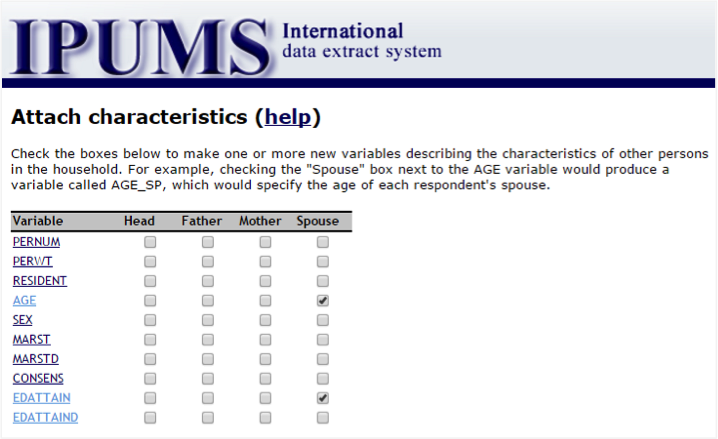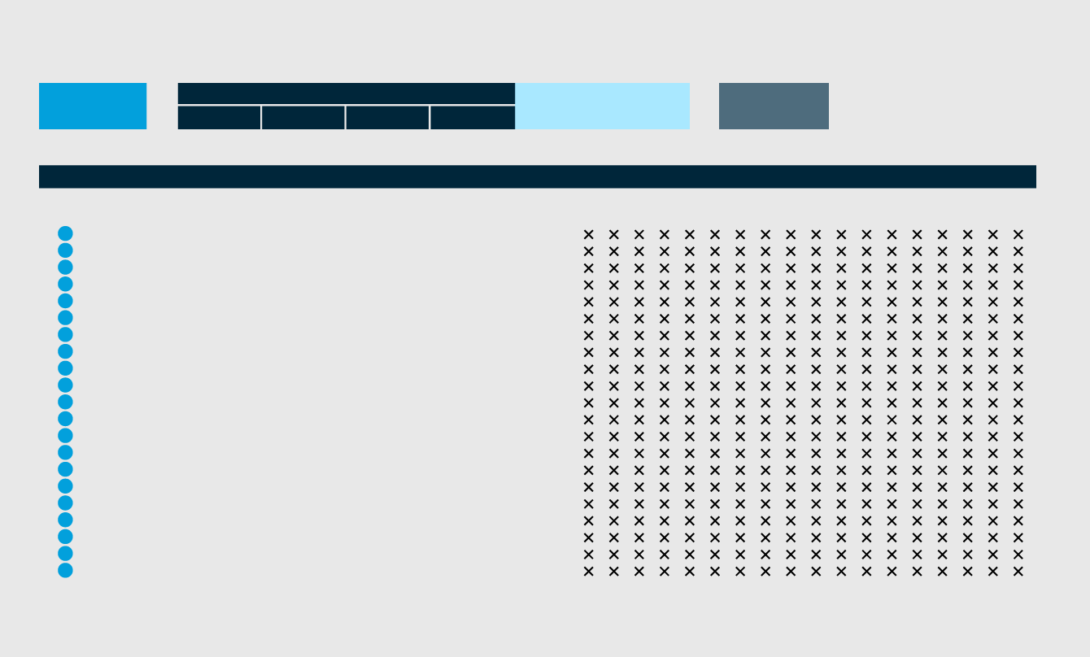

The allocated value will be drawn from another reference person who is the same sex, similar age, and also living in a household with an unmarried partner who has a marital status of widowed, divorced, separated, or never married. If there is someone in the household who is older than 14 ( AGE) and is the unmarried partner or the same-sex spouse of the reference person (only applies prior to 2013), and the reference person's marital status is "Married" or missing, the reference person's marital status will be allocated. If there is someone in the household who is older than 14 ( AGE), is the spouse of the reference person ( RELATE), is a different sex than the reference person (only applies prior to 2013), but the reference person's marital status is missing or something other than "Married", the reference person's marital status will be changed to "Married." When this happens, the flag variable will indicate the value of MARST was allocated ( QMARST). When this happens, the flag variable will indicate the value of MARSTwas allocated ( QMARST). If a person is living in a 1-person household and their marital status ( MARST) is missing, it will be allocated from another person in a 1-person household of the same sex ( SEX) and similar age ( AGE). This information is not available in public use data.

Note: The editing procedure for relationship to the reference person ( RELATE) and marital status ( MARST) in part depend on the original order of people in the household.

Beginning in 2014, two parents and/or parents-in-law of the same sex were also allowed. In 2013, same-sex married couples were included in the ACS and these editing rules were removed. To briefly summarize: prior to 2013, RELATE and MARST would be edited to not include same-sex married couples. The detailed editing and allocation process is described below. Note: There is an important change in 2013 in how the ACS addressed same-sex couples. This problem appears to affect the 2000 5% sample, the 1% weighted sample, and 1% unweighted sample. The QMARST variable does not indicate that these data were edited by the Census Bureau. In group quarters in other census years, and in the non-group quarters population in 2000, less than 1% of persons aged 18 and under are married. Among group quarters cases from the 2000 5% sample, for instance, 20% of persons aged 18 and under are coded as being married. User Note: In the 2000 census samples, the MARST variable appears to overstate the incidence of marriage for persons living in group quarters (for more information on group quarters, see the GQ variable description). Same-sex married couples that do not include the Householder may still be listed as "Married," but due to the programming used to distinguish between "Married, spouse present" and "Married, spouse absent" all of these couples will be identified as "Married, spouse absent." Researchers wishing to identify non-Householder same-sex married couples are advised to aggregate "Married, spouse present" and "Married, spouse absent" into a single "Married" category and use the RELATE to identify couples residing in houses together. Note regarding Same-Sex Marriage: The 2013 ACS sample represents the first unedited inclusion of same-sex married couples, however these couples are only identifiable if one of the partners is the Householder (see SSMC). A separate variable, CONMARST, is also available for the 90 Puerto Rican samples, which distinguishes between those married persons, (code "1" only in MARST for the 1910-1920 samples), (codes "1" or "2" in MARST for the 1970-1990 samples) who are consensually married. In the Puerto Rican samples, consensual marriages are counted as married in MARST. Persons to whom the question did not apply (N/A) are coded as never married/single in all years.
#Ipums codebook full
In the IPUMS, all persons under age 12 are coded as "never married/single" for the years 1880-1930 and the 1940 full count file, though these censuses did not impose a minimum age. The category "separated" was added in 1950, at which time "single" was renamed "never married." Prior to 1950, persons in the "separated" category would probably have been in "married, spouse absent." Analyses using the 1940-1950 period should probably combine these two categories.

"Married, spouse absent" is consistently imposed via programming for all years in the IPUMS, using the SPLOC variable.


 0 kommentar(er)
0 kommentar(er)
